Full text
PDF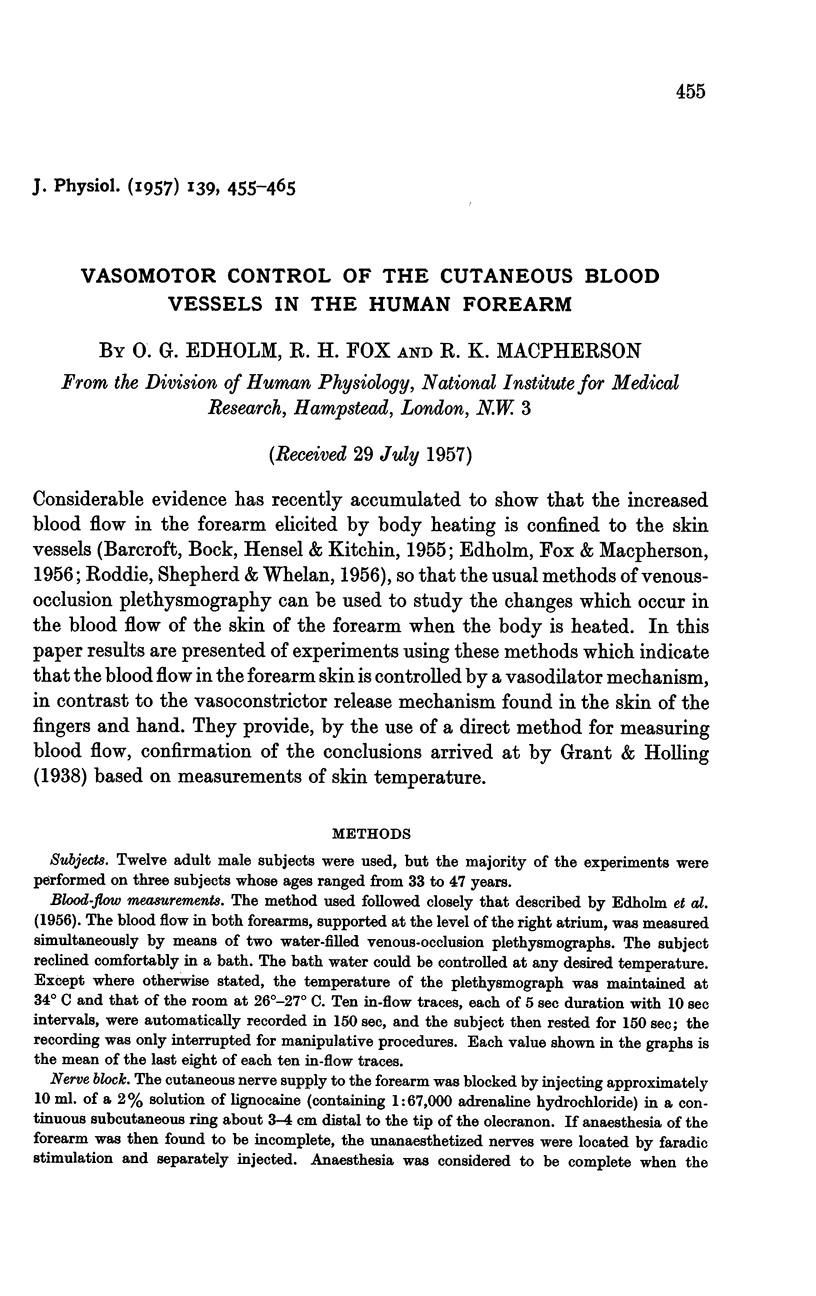
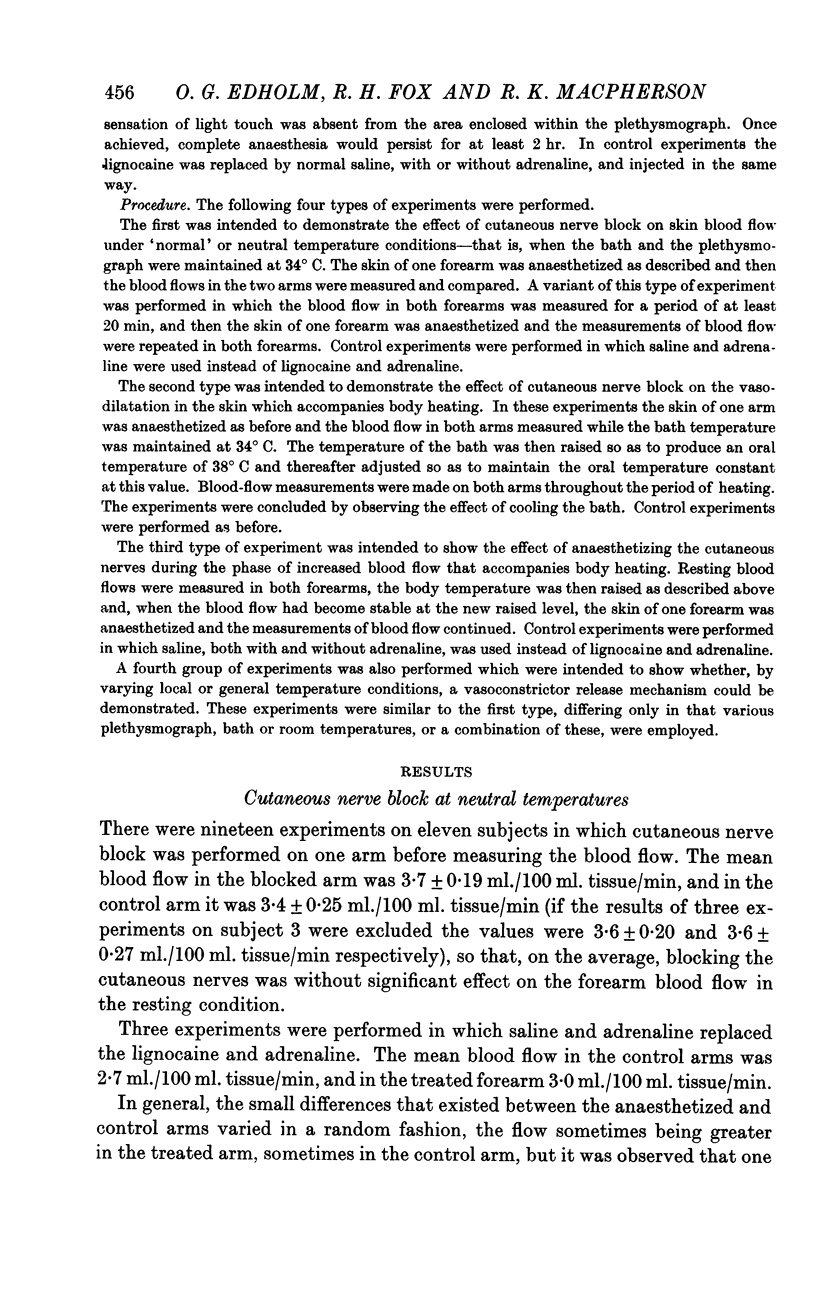
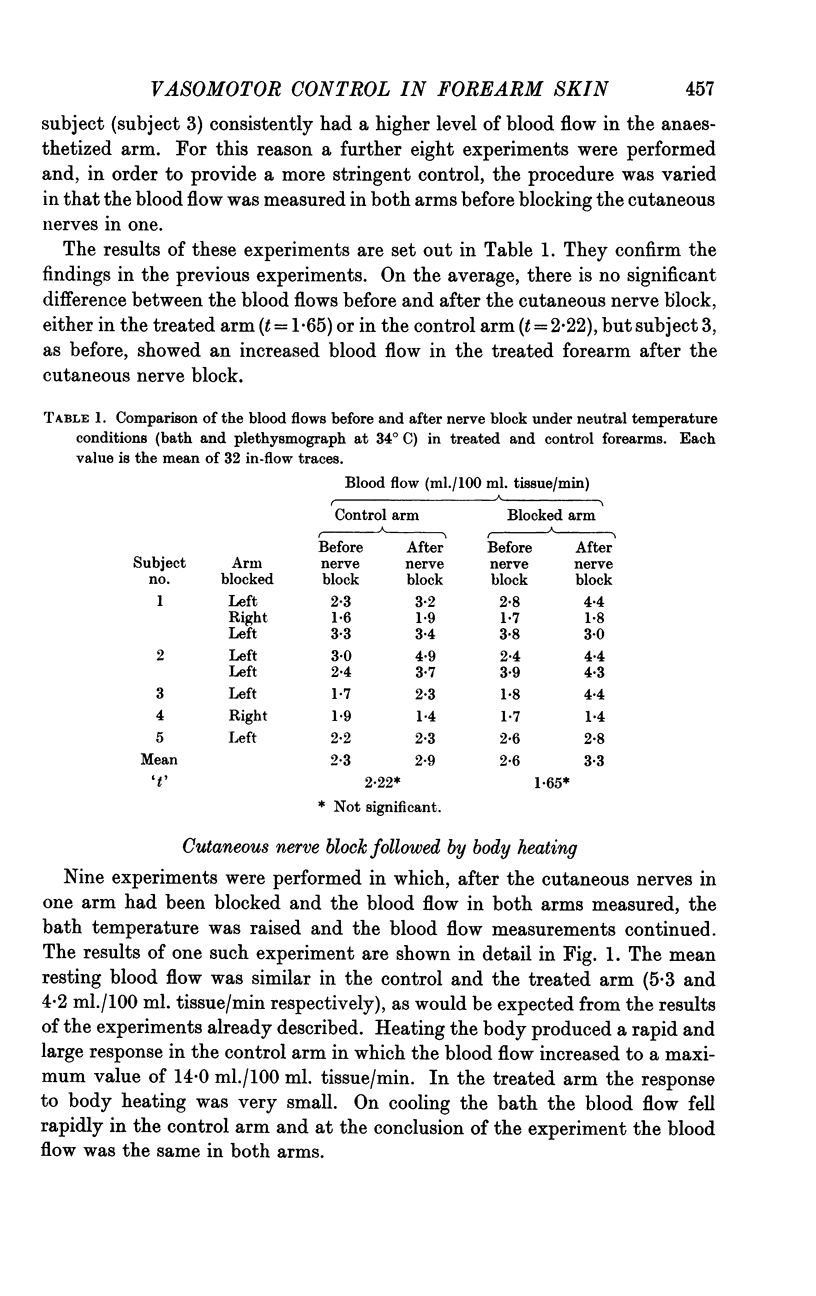
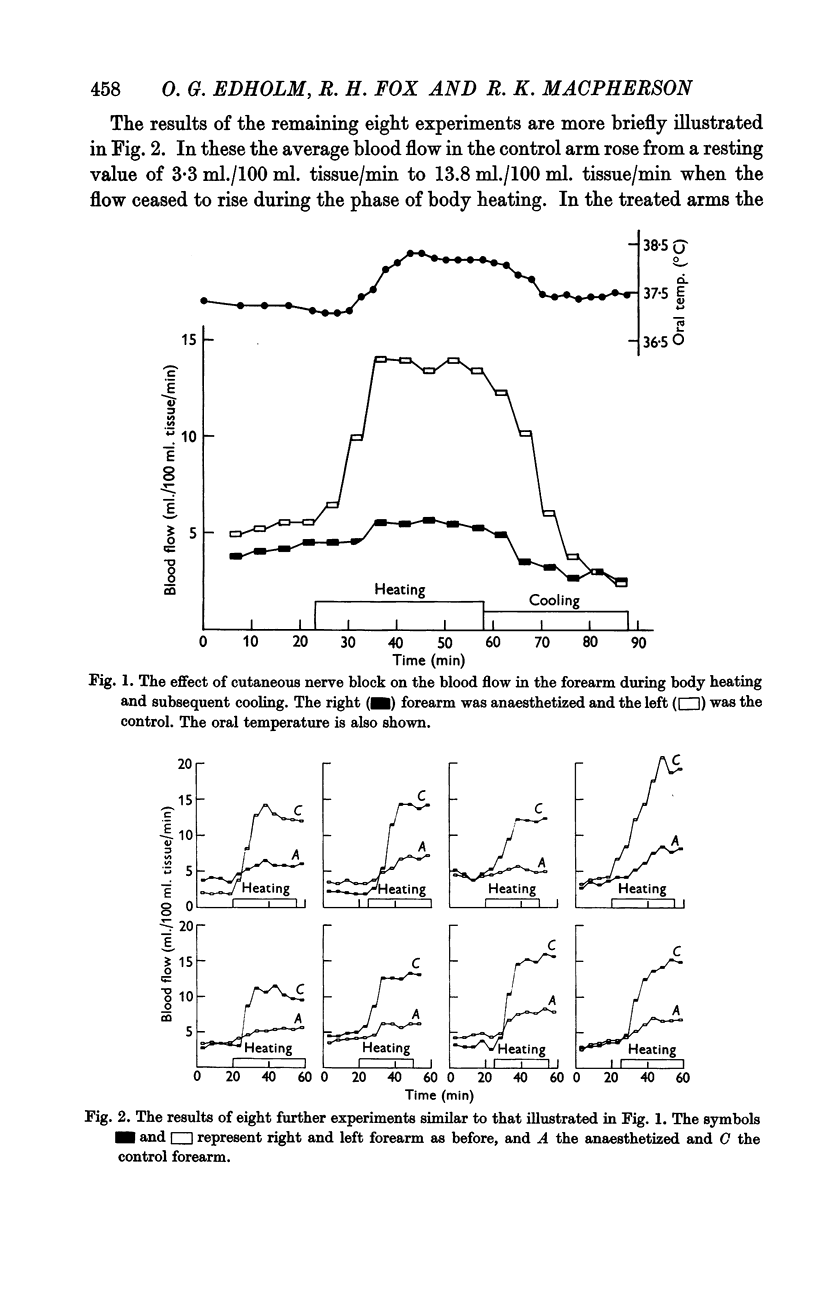
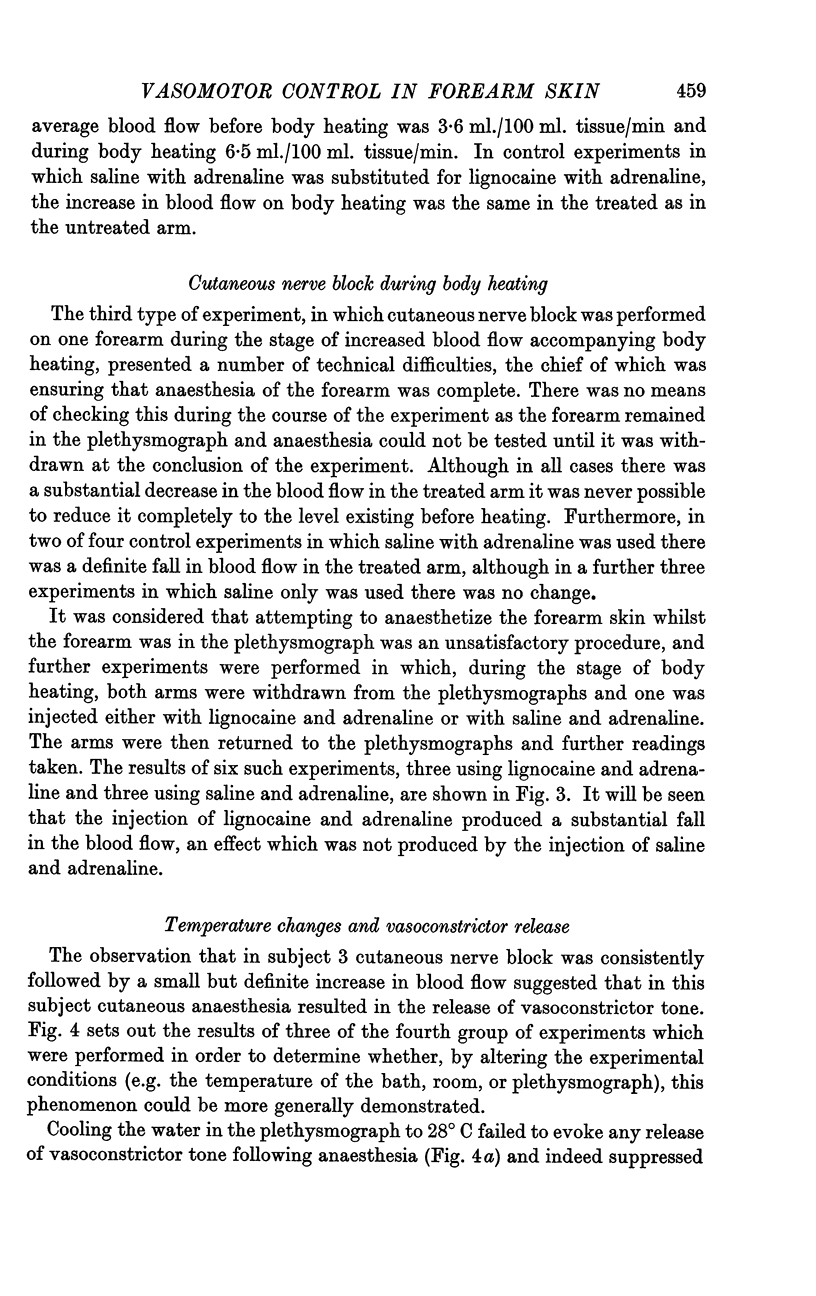
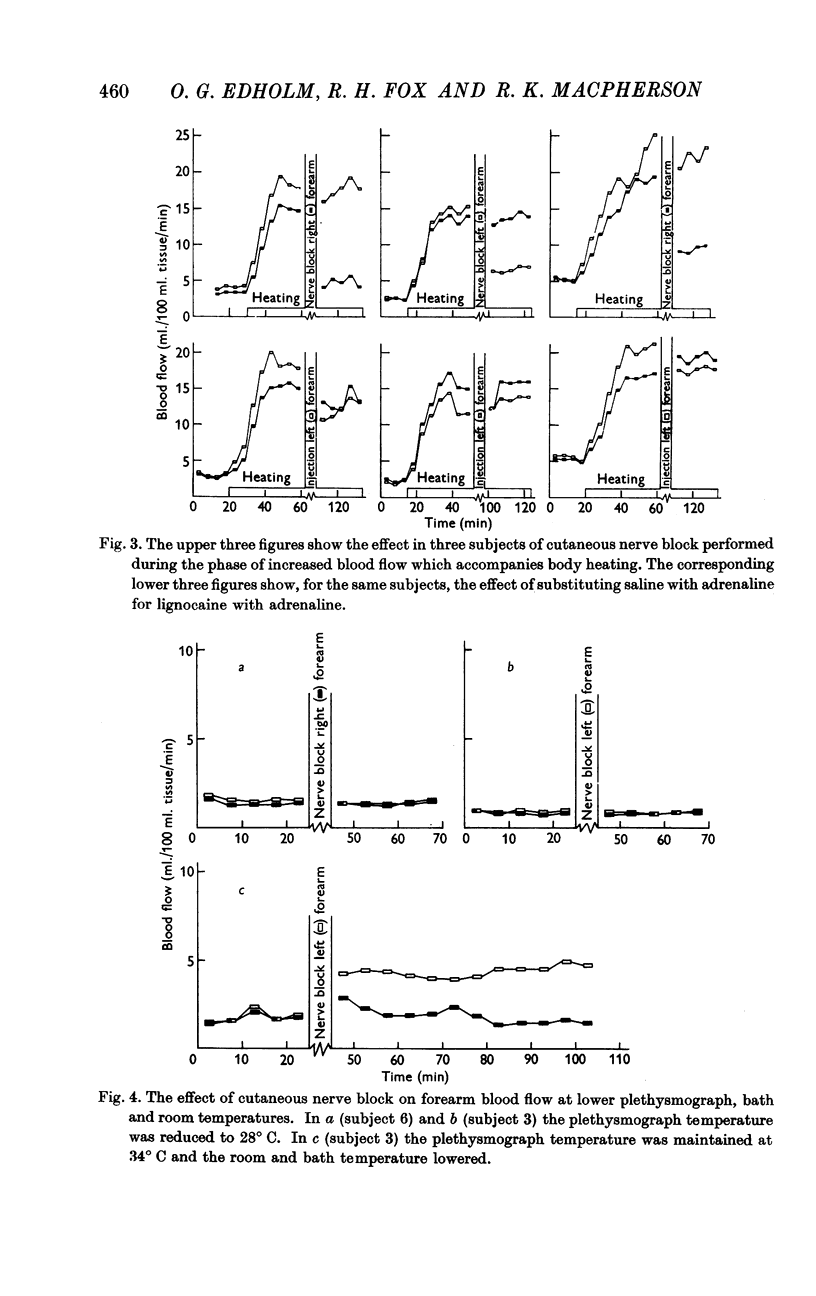
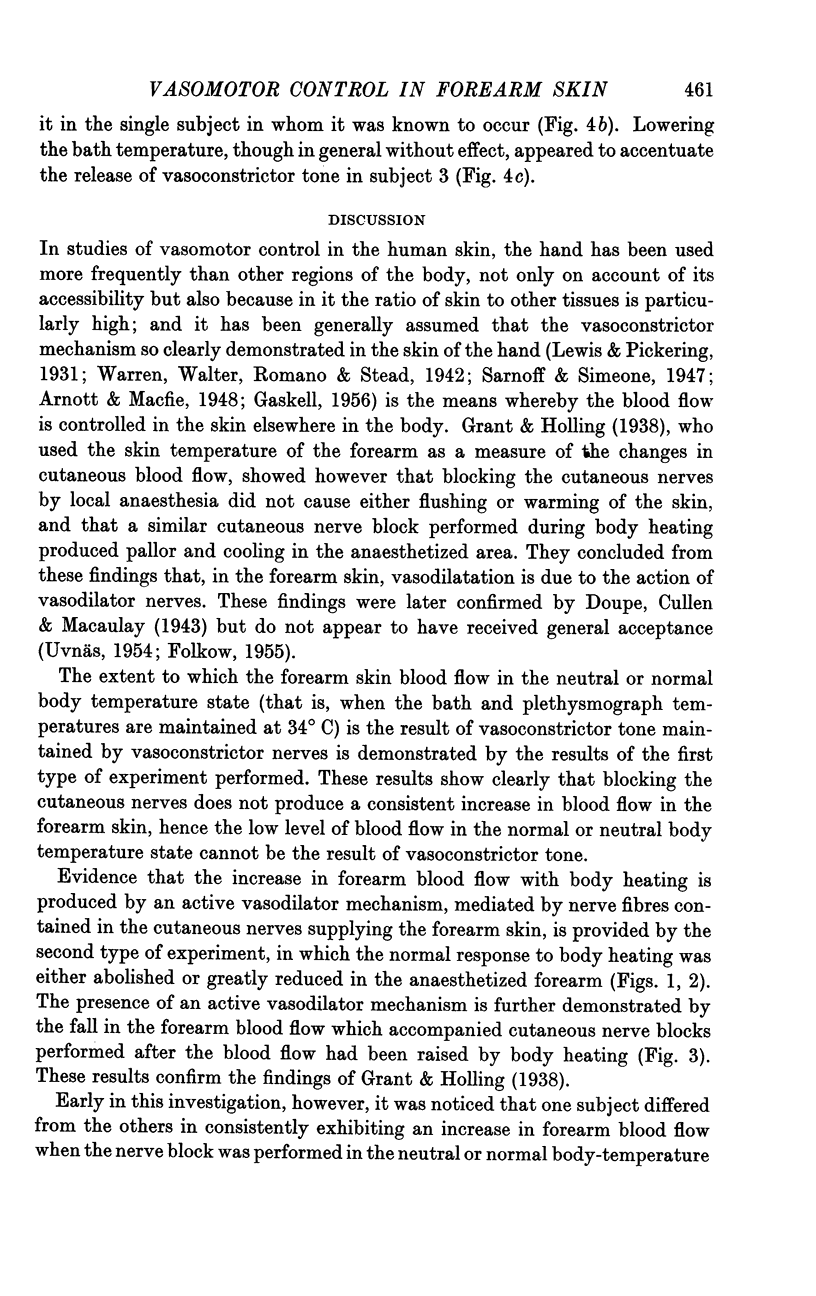
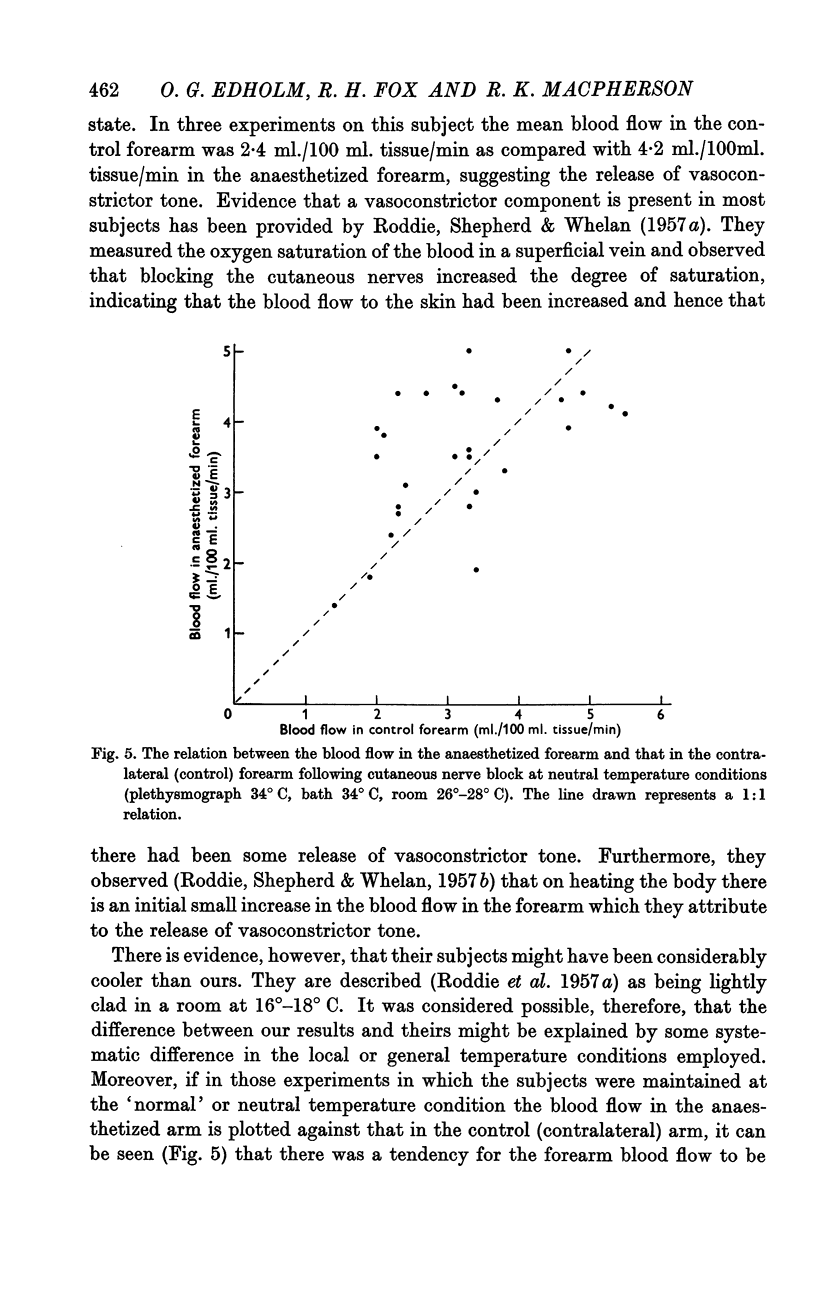
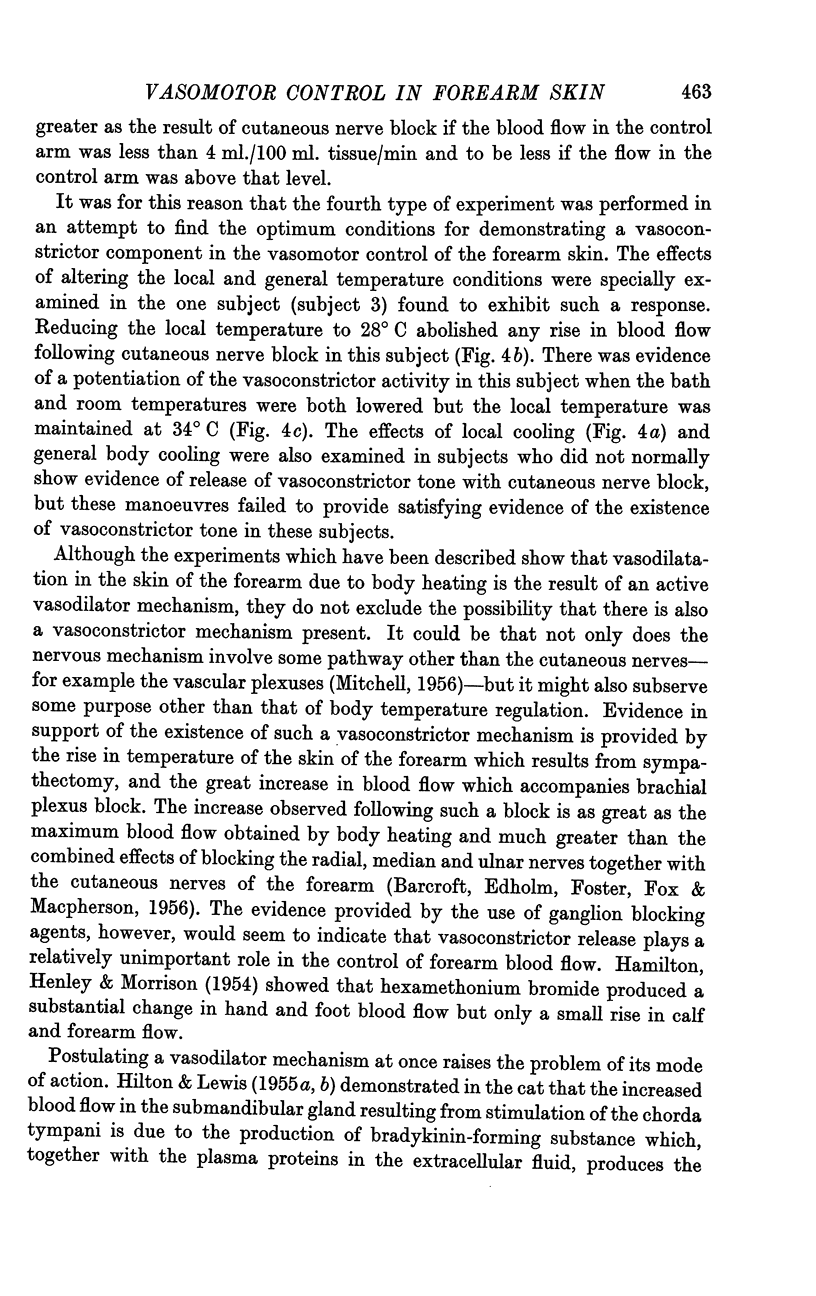

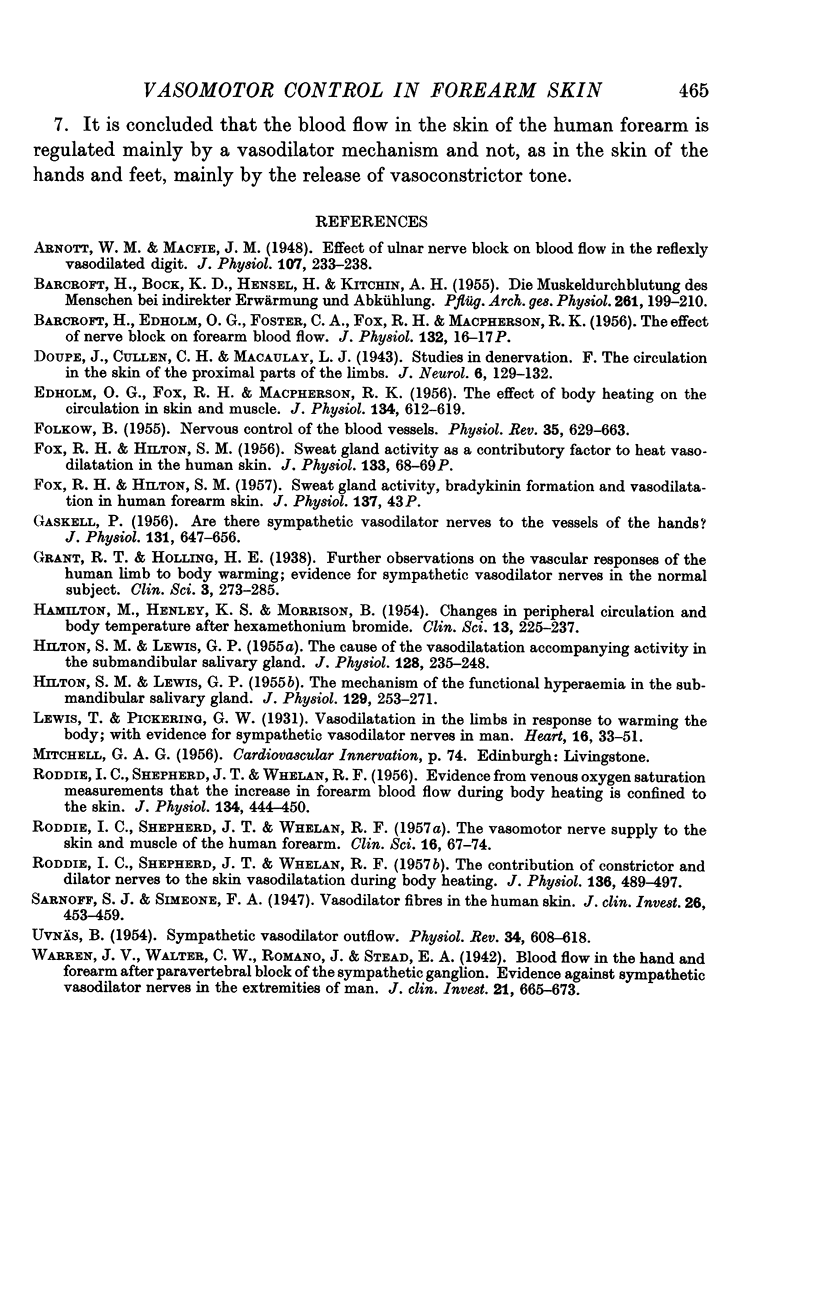
Selected References
These references are in PubMed. This may not be the complete list of references from this article.
- Arnott W. M., Macfie J. M. Effect of ulnar nerve block on blood flow in the reflexly vasodilated digit. J Physiol. 1948 Mar 15;107(2):233–238. doi: 10.1113/jphysiol.1948.sp004266. [DOI] [PMC free article] [PubMed] [Google Scholar]
- BARCROFT H., BOCK K. D., HENSEL H., KITCHIN A. H. Die Muskeldurchblutung des Menschen bei indirekter Erwärmung und Abkühlung. Pflugers Arch. 1955;261(3):199–210. doi: 10.1007/BF00363892. [DOI] [PubMed] [Google Scholar]
- BURTT E. T., CATTON W. T. Electrical responses to visual stimulation in the optic lobes of the locust and certain other insects. J Physiol. 1956 Jul 27;133(1):68–88. doi: 10.1113/jphysiol.1956.sp005567. [DOI] [PMC free article] [PubMed] [Google Scholar]
- EDHOLM O. G., FOX R. H., MACPHERSON R. K. The effect of body heating on the circulation in skin and muscle. J Physiol. 1956 Dec 28;134(3):612–619. doi: 10.1113/jphysiol.1956.sp005669. [DOI] [PMC free article] [PubMed] [Google Scholar]
- FOLKOW B. Nervous control of the blood vessels. Physiol Rev. 1955 Jul;35(3):629–663. doi: 10.1152/physrev.1955.35.3.629. [DOI] [PubMed] [Google Scholar]
- FOX R. H., HILTON S. M. Sweat gland activity, bradykinin formation and vasodilatation in human forearm skin. J Physiol. 1957 Jul 11;137(2):43P–434. [PubMed] [Google Scholar]
- GASKELL P. Are there sympathetic vasodilator nerves to the vessels of the hands. J Physiol. 1956 Mar 28;131(3):647–656. doi: 10.1113/jphysiol.1956.sp005489. [DOI] [PMC free article] [PubMed] [Google Scholar]
- HAMILTON M., HENLEY K. S., MORRISON B. Changes in peripheral circulation and body temperature after hexamethonium bromide. Clin Sci. 1954 May;13(2):225–237. [PubMed] [Google Scholar]
- HILTON S. M., LEWIS G. P. The cause of the vasodilatation accompanying activity in the submandibular salivary gland. J Physiol. 1955 May 27;128(2):235–248. doi: 10.1113/jphysiol.1955.sp005302. [DOI] [PMC free article] [PubMed] [Google Scholar]
- HILTON S. M., LEWIS G. P. The mechanism of the functional hyperaemia in the submandibular salivary gland. J Physiol. 1955 Aug 29;129(2):253–271. doi: 10.1113/jphysiol.1955.sp005351. [DOI] [PMC free article] [PubMed] [Google Scholar]
- RODDIE I. C., SHEPHERD J. T., WHELAN R. F. Evidence from venous oxygen saturation measurements that the increase in forearm blood flow during body heating is confined to the skin. J Physiol. 1956 Nov 28;134(2):444–450. doi: 10.1113/jphysiol.1956.sp005656. [DOI] [PMC free article] [PubMed] [Google Scholar]
- RODDIE I. C., SHEPHERD J. T., WHELAN R. F. The contribution of constrictor and dilator nerves to the skin vasodilatation during body heating. J Physiol. 1957 May 23;136(3):489–497. doi: 10.1113/jphysiol.1957.sp005775. [DOI] [PMC free article] [PubMed] [Google Scholar]
- RODDIE I. C., SHEPHERD J. T., WHELAN R. F. The vasomotor nerve supply to the skin and muscle of the human forearm. Clin Sci. 1957 Feb;16(1):67–74. [PubMed] [Google Scholar]
- Sarnoff S. J., Simeone F. A. VASODILATOR FIBERS IN THE HUMAN SKIN. J Clin Invest. 1947 May;26(3):453–459. doi: 10.1172/JCI101829. [DOI] [PMC free article] [PubMed] [Google Scholar]
- UVNAS B. Sympathetic vasodilator outflow. Physiol Rev. 1954 Jul;34(3):608–618. doi: 10.1152/physrev.1954.34.3.608. [DOI] [PubMed] [Google Scholar]
- Warren J. V., Walter C. W., Romano J., Stead E. A. BLOOD FLOW IN THE HAND AND FOREARM AFTER PARAVERTEBRAL BLOCK OF THE SYMPATHETIC GANGLIA. EVIDENCE AGAINST SYMPATHETIC VASODILATOR NERVES IN THE EXTREMITIES OF MAN. J Clin Invest. 1942 Nov;21(6):665–673. doi: 10.1172/JCI101343. [DOI] [PMC free article] [PubMed] [Google Scholar]


